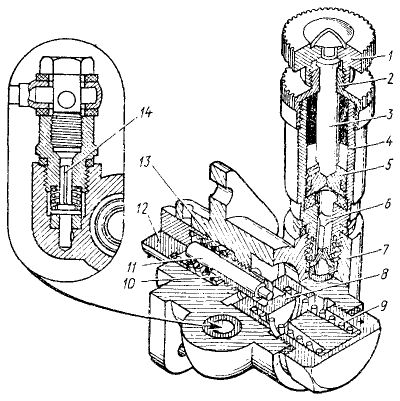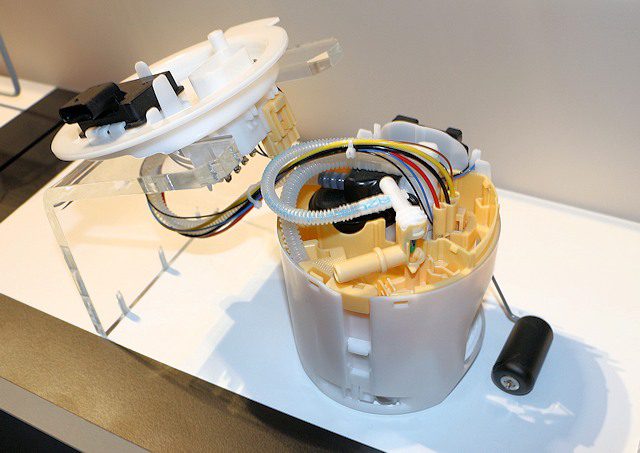
Booster pump and fuel pump: operation
The priming pump is a pump used to return fuel from the tank, often located quite far from the engine compartment.
For more information on the entire fuel system go here. The booster / fuel pump consists of a suction motor, filter and pressure regulator. Fuel vapors are no longer sent into the air, but collected in a canister (no maintenance). These vapors can be returned to the air intake for improved starting, all controlled by the computer.
Location
A booster pump, also called a fuel pump and even a submersible pump, is an electric pump that is most often located in a vehicle's fuel tank. This booster pump is connected via a pipeline to a high-pressure fuel pump located in the engine. The booster pump is also connected to the computer and to the vehicle's battery.
Also read: how the canister works.

The appearance of the booster pump can be different, but the most common and modern one is shown below.


Here it is in the tank (here it is transparent so that you can see it better from the inside)
Operation
The booster pump is powered by a relay controlled by the injection computer. The fuel supply is cut off in the event of an impact because it passes through a safety switch that is connected in series. It is equipped with a valve that opens when the pressure reaches a critical threshold defined by the designers.
The fuel pump always delivers the same amount at any engine speed. This is ensured by the regulator, which constantly maintains the fuel pressure in the circuit, regardless of the operating state of the engine.
Symptoms of a faulty fuel pump
When the booster pump is out of order, fuel hardly reaches the main pump, resulting in difficult starting or even unexpected engine shutdowns, although this rarely happens: when the engine is running, the high pressure fuel pump is usually sufficient to suck in fuel. These same symptoms can be caused by poorly connected electrical wires or poor contact. In general, we can identify problems related to a malfunctioning booster pump when it whistles.